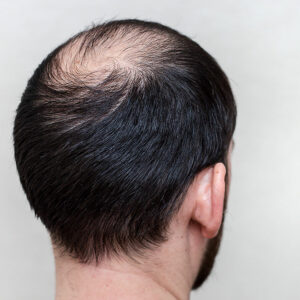Avoid these 10 cleaning mistakes

It might sound surprising, but there are some wrong ways of cleaning your home. While your living spaces may look cleaner even with these ineffective methods, you might just help the breeding of bacteria or set yourself up for more cleaning! So, take a minute to think about your cleaning routine and how you can make it more effective. Avoid these cleaning mistakes to make your home look fresher and cleaner for a long time.
Using too much laundry detergent or softener
Using too much detergent doesn’t make your clothes cleaner. Instead, you may find traces of leftover detergent after the wash. It is also important to follow the manufacturer’s recommendations for fabric softener, as too much softener may make the fabrics stiff and greasy.
Overloading the dishwasher
Adding too many utensils to your dishwasher may affect its ability to clean well. Remember to follow the manufacturer’s recommendations when loading the dishwasher.
Using the same rag everywhere
Even if your rag or cleaning cloth does not look old, it must be replaced regularly to avoid spreading dirt or germs across surfaces. You may switch to a microfiber towel in combination with a disinfectant spray.
Not cleaning out the vacuum
It is important to regularly clean out the waste bag in your vacuum cleaner to effectively clean up a space. Otherwise, you will just end up pushing dirt around!
Using furniture polish to dust
Although furniture polish can make surfaces look clean and shiny, it must be used sporadically. It tends to have a higher concentration of oil, which can make fingerprints more prominent on smooth surfaces and make your home look unkempt. Instead, it is best to clean furniture with a barely damp cloth.
Spraying cleaners directly on electronics
Directly spraying cleaners onto devices like laptops, cell phones, or TVs may be damaging. Instead, spray the cleaner onto a clean microfiber cloth and then wipe the surface with it.
Ignoring remote controls
This is one of the most common cleaning mistakes to avoid. The remote controls around the house may be managed by multiple people a day. So, be sure to clean and sanitize them well.
Using dish soap on wooden cutting boards
Cutting boards need to be cleaned more carefully, as they may lead to cross-contamination, especially after chopping meats. Instead of relying on soap and warm water, soak the board in a bleach solution to clean it well.
Scrubbing stains out of carpets
Scrubbing a stain on upholstery can damage the fabric. So, avoid this cleaning mistake, and instead, blot as much of the spill as possible with a paper towel. Rinse it well and blot dry again. Use a carpet stain remover if required.
Forgetting to take out the trash
Clearing out the trash regularly will help you maintain a clean home. But this isn’t enough; leaks or tears in the bag may cause spills inside the can. Remember to wipe down the trash can with a bleach cleaning solution to ward off any undesirable smells from your home.
If you are using harsh chemicals in your cleaning routine, make sure you wear gloves during the process and don’t forget to ventilate the room once you are done cleaning. This can help you stay safe and not inhale any toxic fumes. So, avoid these cleaning mistakes to make sure your home remains healthy and hygienic.










